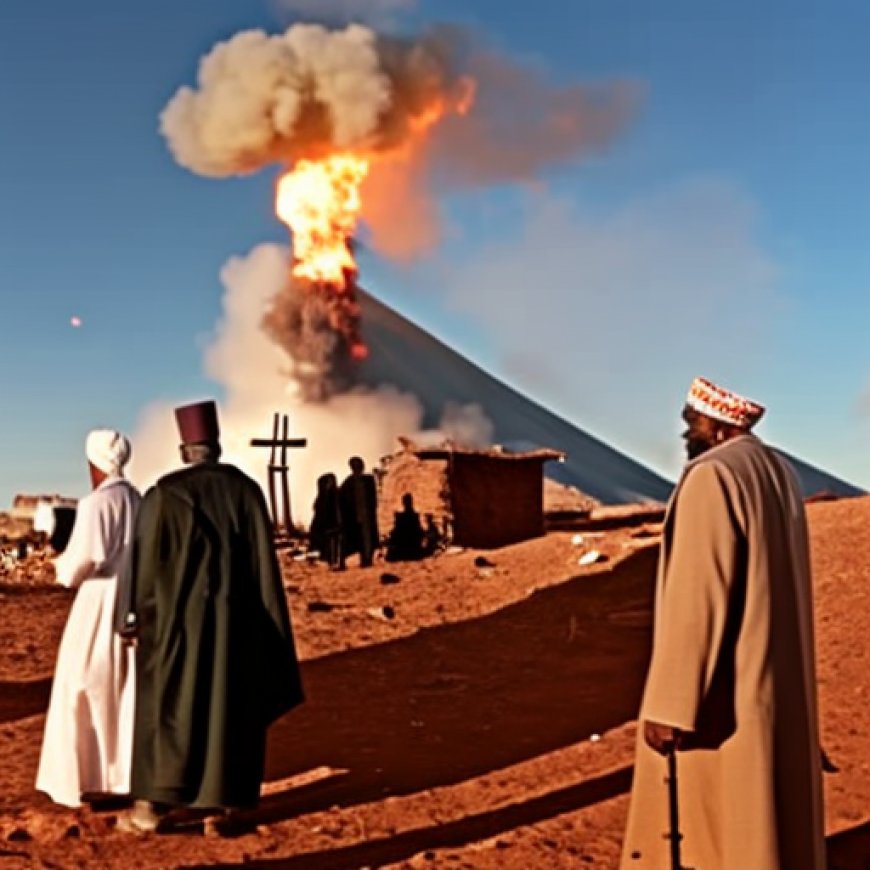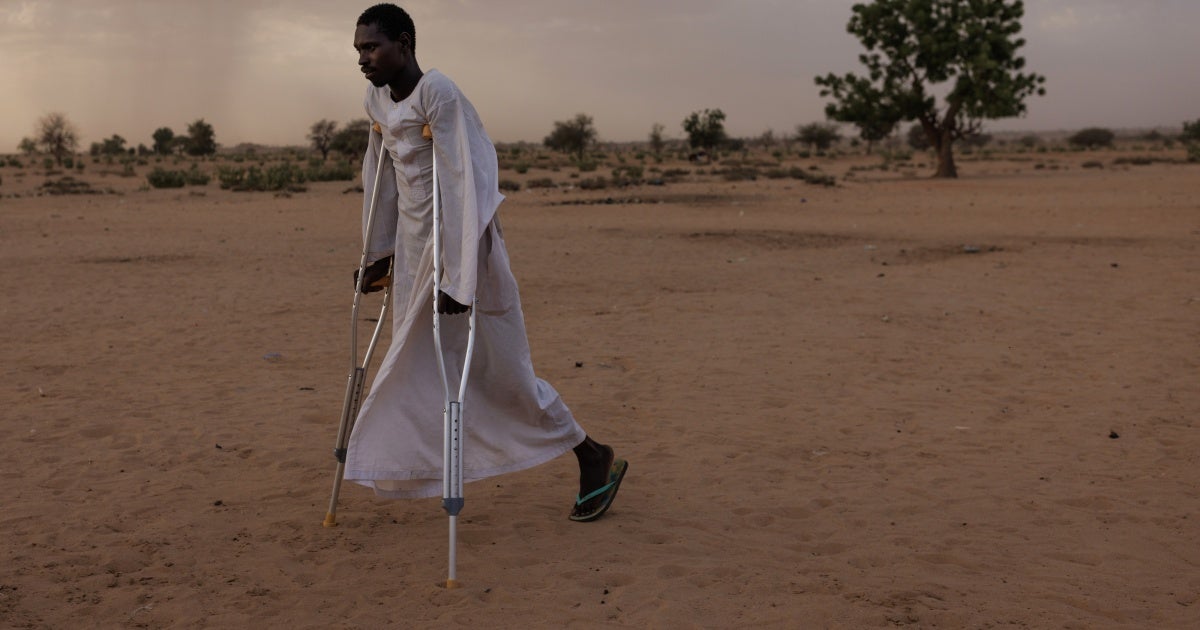Q&A: War Crimes, Crimes Against Humanity, Ethnic Cleansing in West Darfur
Q&A: War Crimes, Crimes Against Humanity, Ethnic Cleansing in West Darfur Human Rights Watch


Human Rights Watch Report on Abuses by Rapid Support Forces in Sudan

1. Key Findings
In its new report, “The Massalit Will Not Come Home,” Human Rights Watch concludes that the Rapid Support Forces (RSF), an independent military force, and its allies, primarily Arab militias, are responsible for a campaign of ethnic cleansing, targeting the Massalit people and other non-Arab communities in West Darfur’s capital, El Geneina. The apparent objective was to permanently remove them from the city. Many of the abuses documented in this report constitute war crimes and crimes against humanity.
- The RSF and its allies systematically targeted unarmed civilians, especially boys and men, for killings.
- They unlawfully killed people who had already been injured, including children and women.
- The RSF and allied militias sought out prominent members of the Massalit community for abuse.
- They destroyed entire neighborhoods of El Geneina through waves of attacks.
- They committed pillage, torture, rape, willful killing, extensive destruction and appropriation of property, and unlawful deportation or forcible transfer.
As a result of these crimes, almost half a million refugees from West Darfur have fled to Chad since April 2023.
2. Research Methodology
Human Rights Watch conducted 10 months of in-person and telephone research, including interviews with over 220 people, analysis of photographs and videos, satellite imagery, and documents shared by humanitarian organizations. The majority of interviewees were ethnic Massalit or residents of non-Arab communities of El Geneina.
3. Scope of Abuses
The research focused specifically on events in the city of El Geneina and its suburb of Ardamata. However, attacks on predominantly Massalit civilians and civilian property have been documented in other towns and villages in West Darfur.
4. Targeting of Ethnic Massalit
The RSF and Arab militias targeted the Massalit population in El Geneina as part of a coordinated campaign to gain control over land and political power in West Darfur. This was not simply “intercommunal violence” but a deliberate effort to remove the Massalit population from the city.
5. Conflict between Sudanese Armed Forces and RSF
The RSF, originally integrated into Sudan’s government forces, has since become an independent military force fighting against the Sudanese Armed Forces. The RSF’s involvement in the ethnic cleansing of the Massalit population has left them in control of El Geneina and West Darfur.
6. Definition of Ethnic Cleansing
While ethnic cleansing is not a discrete crime under international law, it is defined as a purposeful policy designed to remove a civilian population from certain geographic areas through violent and terror-inspiring means. The abuses committed by the RSF and its allies against the Massalit population of El Geneina fall within this definition.
7. Crimes Against Humanity
Crimes against humanity are specific criminal acts committed as part of a widespread or systematic attack against any civilian population. The RSF and its allies committed crimes against humanity, including murder, torture, and forcible transfer of the civilian population in El Geneina and its surroundings.
8. Link to Previous Conflict in Darfur
The RSF’s involvement in the ethnic cleansing of the Massalit population echoes the crimes committed by government forces and Janjaweed militias in Darfur in the 2000s. Some survivors of the recent atrocities were also displaced during the previous conflicts.
9. Displacement of Affected Communities
Since April 2023, over half a million people, mostly ethnic Massalit, have fled to eastern Chad. The international community and aid organizations have provided assistance, but funding shortages remain a concern.
10. International Response
The United States has taken concrete measures, including imposing sanctions on individuals responsible for the crimes. The European Union has condemned the violations but has not imposed targeted measures. The UN Security Council has failed to sanction individuals responsible for atrocities or protect civilians.
11. Recommendations
Human Rights Watch calls on the African Union, United Nations, and Intergovernmental Authority for Development to urgently address the need to protect civilians. The UN Security Council should sanction the leaders named in the report and establish an arms embargo on all of Sudan. The international community should assist the International Criminal Court with its investigations and halt weapons sales to abusive parties.
SDGs, Targets, and Indicators
1. Which SDGs are addressed or connected to the issues highlighted in the article?
- SDG 16: Peace, Justice, and Strong Institutions
- SDG 5: Gender Equality
- SDG 10: Reduced Inequalities
- SDG 11: Sustainable Cities and Communities
- SDG 16: Peace, Justice, and Strong Institutions
- SDG 17: Partnerships for the Goals
2. What specific targets under those SDGs can be identified based on the article’s content?
- Target 16.1: Significantly reduce all forms of violence and related death rates everywhere
- Target 16.3: Promote the rule of law at the national and international levels and ensure equal access to justice for all
- Target 5.1: End all forms of discrimination against all women and girls everywhere
- Target 10.2: By 2030, empower and promote the social, economic, and political inclusion of all, irrespective of age, sex, disability, race, ethnicity, origin, religion or economic or other status
- Target 11.1: By 2030, ensure access for all to adequate, safe and affordable housing and basic services and upgrade slums
- Target 16.7: Ensure responsive, inclusive, participatory and representative decision-making at all levels
- Target 17.16: Enhance the Global Partnership for Sustainable Development, complemented by multi-stakeholder partnerships that mobilize and share knowledge, expertise, technology and financial resources
3. Are there any indicators mentioned or implied in the article that can be used to measure progress towards the identified targets?
- Indicator 16.1.1: Number of victims of intentional homicide per 100,000 population, by sex and age
- Indicator 16.3.1: Proportion of victims of violence in the previous 12 months who reported their victimization to competent authorities or other officially recognized mechanisms
- Indicator 5.1.1: Whether or not legal frameworks are in place to promote, enforce and monitor equality and non-discrimination on the basis of sex
- Indicator 10.2.1: Proportion of people living below 50 percent of median income, by age, sex and persons with disabilities
- Indicator 11.1.1: Proportion of urban population living in slums, informal settlements or inadequate housing
- Indicator 16.7.1: Proportions of positions (by sex, age, persons with disabilities and population groups) in public institutions (national and local legislatures, public service and judiciary) compared to national distributions
- Indicator 17.16.1: Number of countries reporting progress in multi-stakeholder development effectiveness monitoring frameworks that support the achievement of the sustainable development goals
Table: SDGs, Targets, and Indicators
| SDGs | Targets | Indicators |
|---|---|---|
| SDG 16: Peace, Justice, and Strong Institutions | Target 16.1: Significantly reduce all forms of violence and related death rates everywhere | Indicator 16.1.1: Number of victims of intentional homicide per 100,000 population, by sex and age |
| SDG 5: Gender Equality | Target 5.1: End all forms of discrimination against all women and girls everywhere | Indicator 5.1.1: Whether or not legal frameworks are in place to promote, enforce and monitor equality and non-discrimination on the basis of sex |
| Target 10.2: By 2030, empower and promote the social, economic, and political inclusion of all, irrespective of age, sex, disability, race, ethnicity, origin, religion or economic or other status | Indicator 10.2.1: Proportion of people living below 50 percent of median income, by age, sex and persons with disabilities | |
| SDG 11: Sustainable Cities and Communities | Target 11.1: By 2030, ensure access for all to adequate, safe and affordable housing and basic services and upgrade slums | Indicator 11.1.1: Proportion of urban population living in slums, informal settlements or inadequate housing |
| SDG 16: Peace, Justice, and Strong Institutions | Target 16.7: Ensure responsive, inclusive, participatory and representative decision-making at all levels | Indicator 16.7.1: Proportions of positions (by sex, age, persons with disabilities and population groups) in public institutions (national and local legislatures, public service and judiciary) compared to national distributions |
| SDG 17: Partnerships for the Goals | Target 17.16: Enhance the Global Partnership for Sustainable Development, complemented by multi-stakeholder partnerships that mobilize and share knowledge, expertise, technology and financial resources | Indicator 17.16.1: Number of countries reporting progress in multi-stakeholder development effectiveness monitoring frameworks that support the achievement of the sustainable development goals |
Copyright: Dive into this article, curated with care by SDG Investors Inc. Our advanced AI technology searches through vast amounts of data to spotlight how we are all moving forward with the Sustainable Development Goals. While we own the rights to this content, we invite you to share it to help spread knowledge and spark action on the SDGs.
Fuente: hrw.org

Join us, as fellow seekers of change, on a transformative journey at https://sdgtalks.ai/welcome, where you can become a member and actively contribute to shaping a brighter future.







